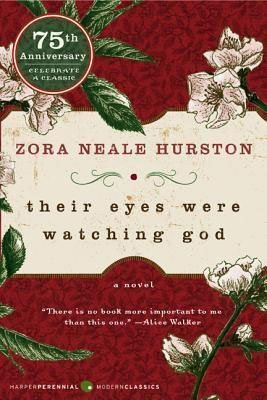

Using funds from her patron, Zora traveled to Florida and New Orleans to continue her studies in 1928. Someone needed to document the Black experience for the future. She felt that her research was too important to give up.

But she considered the South, particularly Florida, her true home, and did not allow her fear to deter her. Zora knew that traveling as a single Black woman in the American South was risky. That evening, they ran into her in their hotel and spent the evening swapping stories of life on the road. Then, they took a detour to Macon, Georgia, to see Bessie Smith, the “Empress of the Blues,” perform. They visited the Tuskegee Institute, which was founded by Booker T. Langston and Zora traveled back to New York together, stopping at several cities along the way. While in Alabama, Zora ran into friend and Harlem Renaissance luminary Langston Hughes. Then she traveled to Alabama to interview the last known living man to be born in Africa and enslaved in America. She spent the spring and summer in Florida. During her travels, she conducted interviews, recorded folklore, and collected objects of cultural significance. Zora used the funds to plan an elaborate road trip through the American South. In 1927, Zora met Charlotte Osgood Mason, a white philanthropist who offered to fund Zora’s work. But Zora and her colleagues felt that there needed to be a place for Black Americans to celebrate their culture without fear. In 1926, she collaborated with other writers to start a magazine called Fire! Some people criticized the magazine for downplaying white supremacy. She was creative, educated, energetic, and committed to celebrating Black culture. Zora’s creative efforts mirrored her academic studies. Her early fieldwork in Harlem opened doors to travel. Boas encouraged Zora to pursue her interest in African American culture and folklore. At Barnard, Zora studied under famous anthropologist Franz Boas. That network helped her earn a scholarship to study English and Anthropology at women-only Barnard College. She quickly built a network of colleagues and supporters who recognized her name from Opportunity. She left Howard University and moved to Harlem.

Opportunity, a Harlem-based magazine, presented her with a literary award for her short story “Spunk.” Zora was thrown into the heart of the Harlem Renaissance. Money was a frequent concern for Zora, who paid for school by working as a manicurist at night. Her first two short stories were published in the club’s magazine, The Stylus. She helped publish the inaugural issue of the school newspaper in 1924 and joined the Howard literary club. Zora was an active participant in campus life.

Life at Howard was about more than attending class. She then enrolled at Howard University, one of the most famous Black colleges in the country. She traveled the country, learned about theater, and continued her studies by borrowing books from the performers.Īfter eighteen months of life on the road, Zora quit her job to finish high school in Baltimore. Frustrated by her situation, Zora took a job as a maid for a musical theater troupe in 1916. Her father remarried and sent her to live with relatives. She was greatly influenced by the philosophy that education, hard work, and perseverance could improve the lives of Black Americans. Zora attended the town’s school, where she studied the teachings of Booker T. Zora’s father was a minister who served three terms as Eatonville’s mayor. Eatonville was one of the first towns in the United States founded by Black citizens. Zora Neale Hurston was born on Januin Eatonville, Florida.


 0 kommentar(er)
0 kommentar(er)
